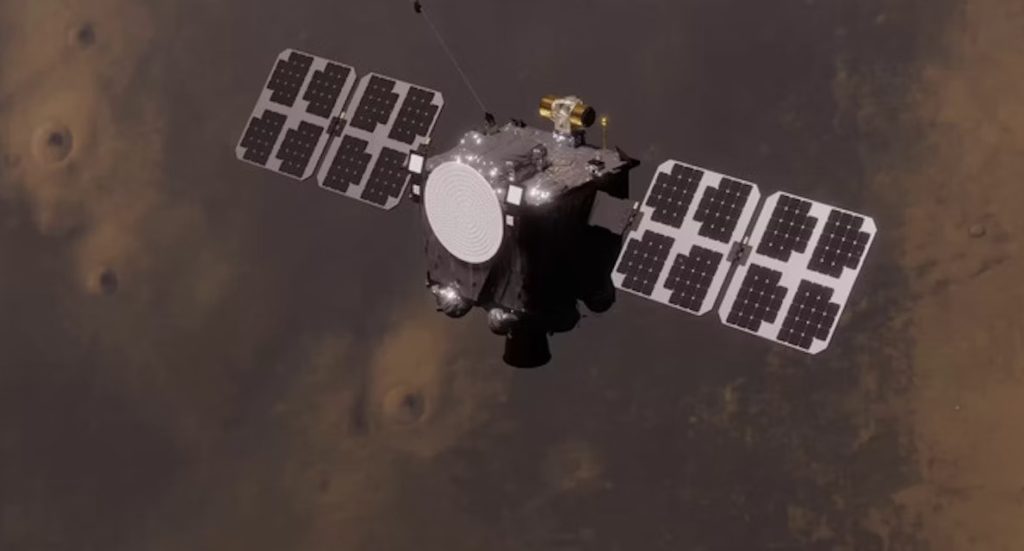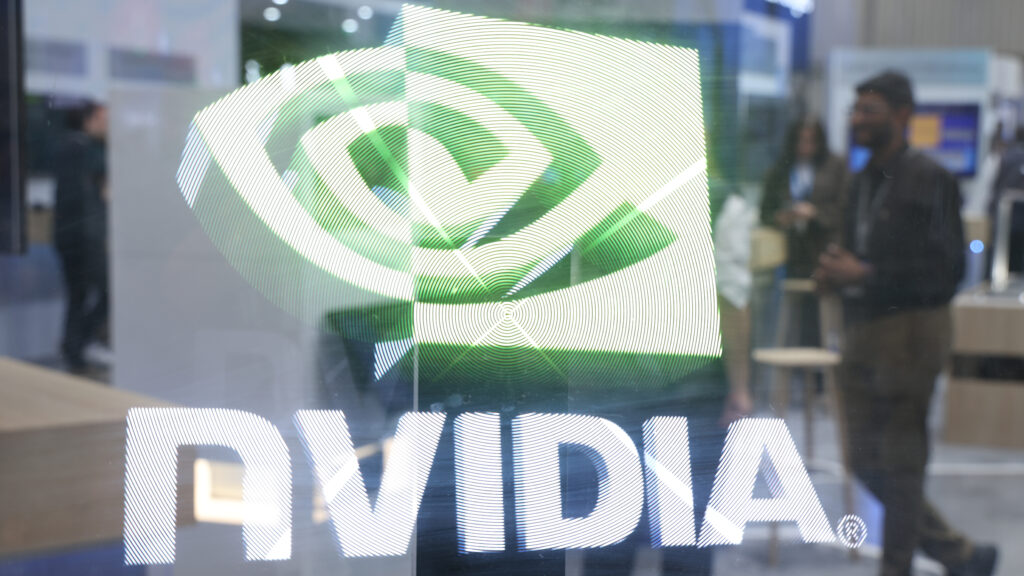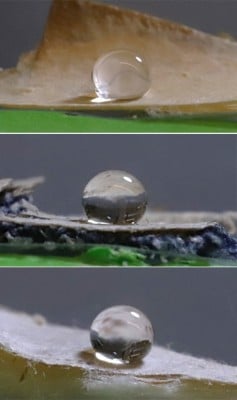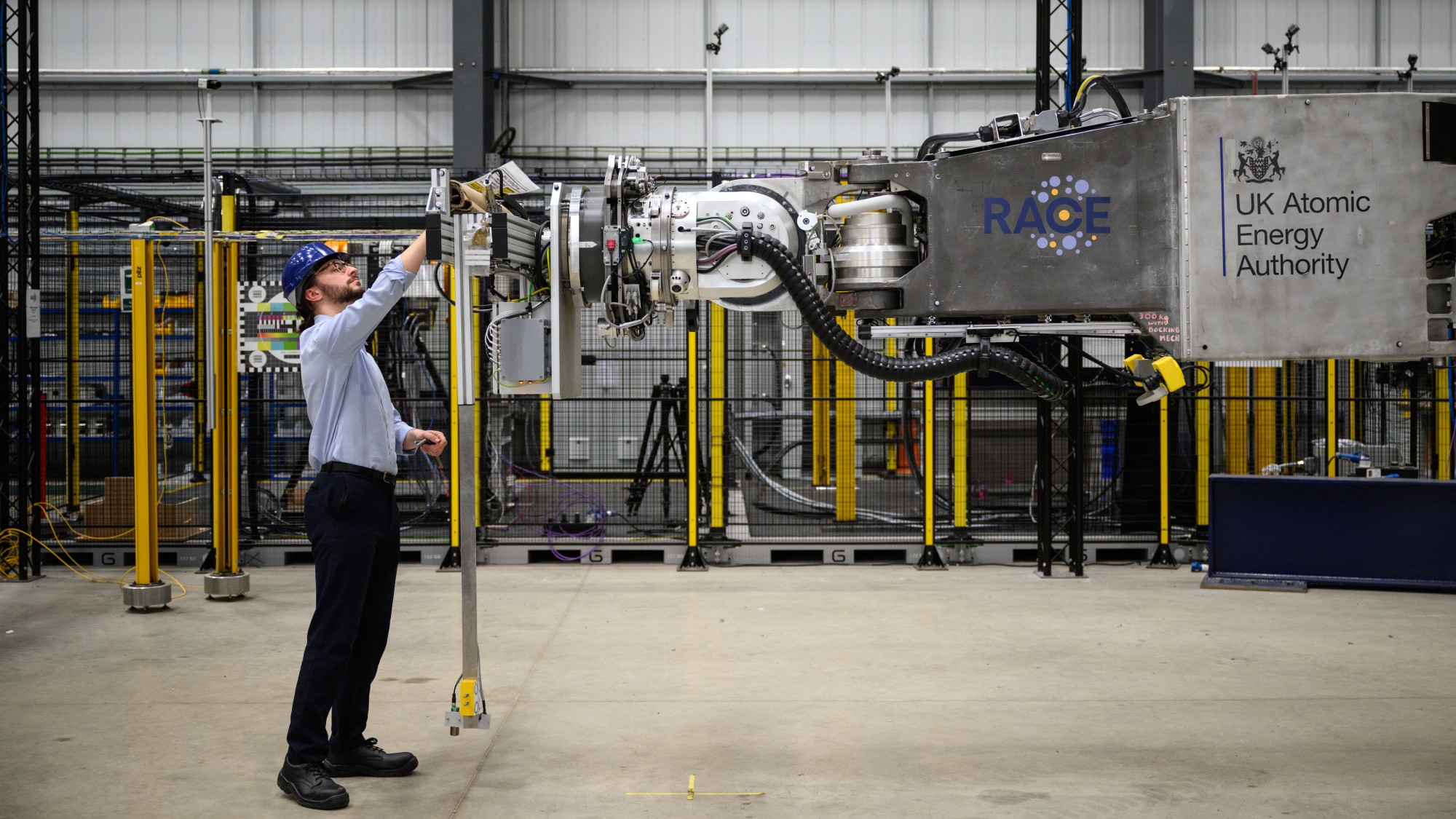NASA has successfully launched its ESCAPADE mission, sending two low-cost orbiters to Mars to investigate the planet’s atmosphere. The mission, which stands for Escape and Plasma Acceleration and Dynamics Explorers, took flight on November 13, 2025, aboard a Blue Origin New Glenn rocket. This innovative project aims to gather data that will enhance our understanding of Mars’ atmospheric history and the factors contributing to its current conditions.
The ESCAPADE mission represents a significant shift in space exploration, focusing on affordability and efficiency through the deployment of smaller spacecraft. Each orbiter, named Blue and Gold, is comparable in size to a standard copy machine, showcasing a trend toward miniaturization within the aerospace industry. This compact design allows scientists to conduct simultaneous measurements, which will enhance the quality of the data collected.
Exploring Mars’ Atmospheric Evolution
Mars once boasted a much denser atmosphere, which facilitated the presence of liquid water on its surface. This transformation has intrigued scientists for decades, as they seek to understand the reasons behind the loss of this atmosphere. Currently, Martian surface pressure is less than 1% of that found on Earth, raising questions about its past potential for supporting life.
ESCAPADE aims to investigate the remnants of Mars’ ancient magnetic field and how it has influenced atmospheric dynamics. The mission will assess how the atmosphere interacts with solar wind and the rate at which Mars continues to lose its atmospheric components. Such insights could provide clues about the planet’s habitability in its early history.
Innovative Approaches to Space Exploration
Navigating the challenges of space travel requires innovative solutions, particularly when operating on a budget. The ESCAPADE mission has a total budget of $80 million, an economical figure for a mission aimed at another planet. By leveraging commercial technologies and previously developed research, NASA aims to demonstrate that deep space missions can be conducted more efficiently than ever before.
Leading the project is Rob Lillis from the Space Sciences Laboratory at UC Berkeley. The collaboration includes commercial partners such as Rocket Lab and Advanced Space LLC, all funded through NASA initiatives. This partnership exemplifies how academia and industry can work together to push the boundaries of space exploration.
To reach Mars, the ESCAPADE spacecraft will utilize a novel trajectory that enhances fuel efficiency. By first traveling to the L2 Lagrange point—a location where gravitational forces of the Earth and Sun balance—the orbiters will gather solar data for approximately one year. They will then gain a gravitational advantage from Earth, allowing them to arrive at Mars in about ten months. This approach not only reduces fuel requirements, but also permits increased flexibility in future mission planning.
The ESCAPADE mission marks a pivotal moment in our quest to explore the solar system. It sets a precedent for future endeavors that prioritize collaboration and innovation, paving the way for more frequent exploration of Mars and beyond. As scientists and engineers embark on this journey, ESCAPADE serves as both a mission and a blueprint for the future of space exploration.







